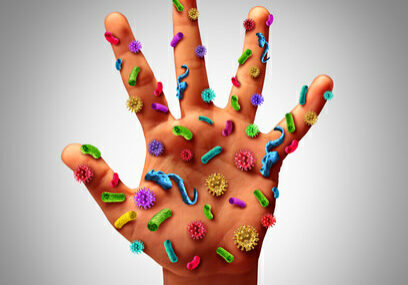Home | Altura Blog |
World Sepsis Day
August 31, 2022 | Altura Blog
On September 13th, the world will unite in the fight against sepsis. The World Health Organization estimates that there were 48.9 million cases of sepsis in 2017 and 11 million sepsis-related deaths worldwide. This equates to a startling 1 in 5 deaths around the world.
What is sepsis?
Sepsis is a life-threatening emergency. It is our immune system’s overreaction to an infection, where it attacks the body’s tissues and organs, as well as the infection. Without early detection and treatment, sepsis can quickly lead to septic shock and kill an otherwise healthy person within a matter of hours.
How is it diagnosed?
Sadly, sepsis can be difficult to recognise and diagnose, as it shares so many symptoms of other illnesses. The key is to recognise the symptoms of sepsis, and seek immediate medical attention. Early recognition can save lives.
What are the symptoms of sepsis?
The most common symptoms of sepsis are:
- Very high or low temperature
- Confusion
- Uncontrolled shivering
- Cold or blotchy arms or legs
- Passing less urine than normal
- Increased heart rate
- Feeling dizzy or faint
- Fast breathing
- Difficulty breathing
- Pain or discomfort over their body
Who is most at risk of sepsis?
Whilst anyone with an infection is at risk of sepsis progressing, there are individual groups who are considered more vulnerable. These include:
- Children under 5
- Older people, particularly those receiving care and treatment, as there is an increased risk of infectious diseases being transmitted between each other
- Pregnant or recently pregnant women
- People living with an autoimmune disease
- Injured or severely ill people
- Individuals living with other chronic conditions
How to prevent sepsis
There are two steps that can prevent sepsis from occurring in community and residential care settings; as described by the World Health Organization.
- Prevention of microbial transmission and infection
- Prevention of an infection evolving into sepsis
Everyone providing care provision can help to prevent microbial transmission and infection. Practices include:
- Effective hand hygiene
- Safe preparation of food
- Maintaining a clean environment
- Keeping up to date with vaccines
- Following your organisation’s outbreak policy and transmission precautions, when a transmissible disease has been identified
- Maintaining healthy nutrition
For further information on detecting sepsis in your organisation, check out Altura Learning’s course “Sepsis: Early Detection and Care”. This course explores the signs and symptoms of sepsis and outlines best practice strategies to enable early intervention and minimise the risk of serious complications.


